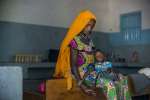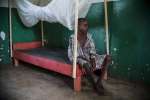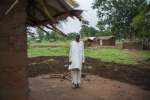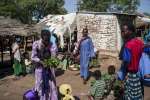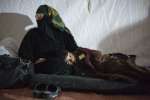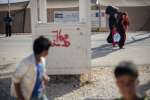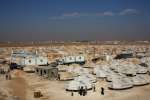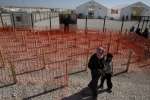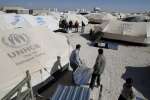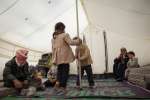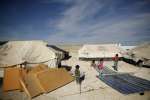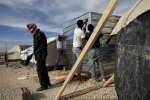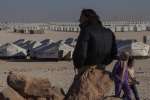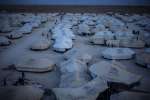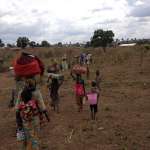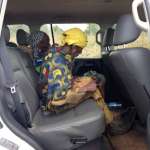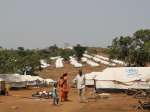Syria conflict contributing to rising asylum claims in industrialized countries
News Stories, 20 March 2013
GENEVA, March 21 (UNHCR) – The UN refugee agency on Thursday announced that new and old conflicts, including those in Syria, Afghanistan, Iraq and Somalia, contributed to an eight per cent increase in asylum applications in industrialized countries during 2012, with the sharpest rise seen in asylum requests from Syrians.
Some 479,300 claims were registered across the 44 countries surveyed in UNHCR's Asylum Trends 2012 report, released today. This is the highest annual total since 2003, continuing a trend of increases evident in every year but one, since 2006.
"Wars are driving more and more people to seek asylum," said UN High Commissioner for Refugees António Guterres. "And this makes upholding the international system of asylum more critical than ever. At a time of conflict, I urge countries to keep their borders open for people fleeing for their lives."
By region, Europe was the main recipient of asylum applications in 2012 with 355,500 claims across 38 countries compared to 327,600 in 2011. Germany saw the highest number of new applications (64,500 claims – a 41 per cent increase), followed by France (54,900 claims – a five per cent increase) and Sweden (43,900 claims – a 48 per cent increase). A 33 per cent increase in claims in Switzerland (25,900) placed it almost level with the United Kingdom (27,400 – a six percent increase).
Overall, however, the single largest recipient of asylum requests was the United States with 83,400 claims, 7,400 more than in 2011. Most of these were individuals from China (24 per cent), Mexico (17 per cent) and El Salvador (seven per cent).
North-east Asia and Australia also saw increases, but overall asylum claims remained of a lower order. Japan and South Korea registered 3,700 new claims in 2012, a 28 per cent increase on a year earlier. The number of people seeking asylum in Australia jumped 37 per cent with a total of 15,800 applications reportedly registered in 2012.
Across the countries surveyed, the patterns of increases over the last five years vary significantly. Compared to their population sizes, Malta, Sweden and Liechtenstein had more asylum-seekers than other countries (21.7 per 1,000 inhabitants, 16.4 per 1,000, and 16.1 per 1,000 respectively). Measured against the size of their economies, France, the United States and Germany had most asylum seekers (6.5 asylum seekers for each dollar of per capita GDP, 6.2 and 5.2 respectively).
Afghanistan remained the main country of origin of asylum-seekers (36,600 claims versus 36,200 in 2011). Syria was the second largest, the conflict there reflected in a jump from 15th place in 2011 and a 191 per cent increase in asylum claims to 24,800. Serbia [and Kosovo: S/RES/1244(1999)] was third with 24,300 claims, a 14 per cent increase. Large numbers of asylum claims were also submitted by individuals from China (24,100) and Pakistan (23,200 – the highest number on record and a 21 per cent increase on 2011).
Asylum claims are not the same as the numbers of people given refugee status, nor are they an indicator of immigration. In most cases people seeking refuge from conflict choose to remain in countries neighbouring their own in hope of being able to return home (an example is Syria, where the figure of 24,800 Syrian asylum claims in industrialized countries compares to more than 1.1 million registered Syrian refugees currently in neighbouring countries). Nonetheless, asylum claims can reflect prevailing global security and political risk environments: When there is more conflict there are more refugees.
UNHCR publishes data on worldwide refugees, internally displaced people, and asylum seekers in its annual Global Trends reports, available on UNHCR's international website. The next Global Trends report is due for release in June 2013.







